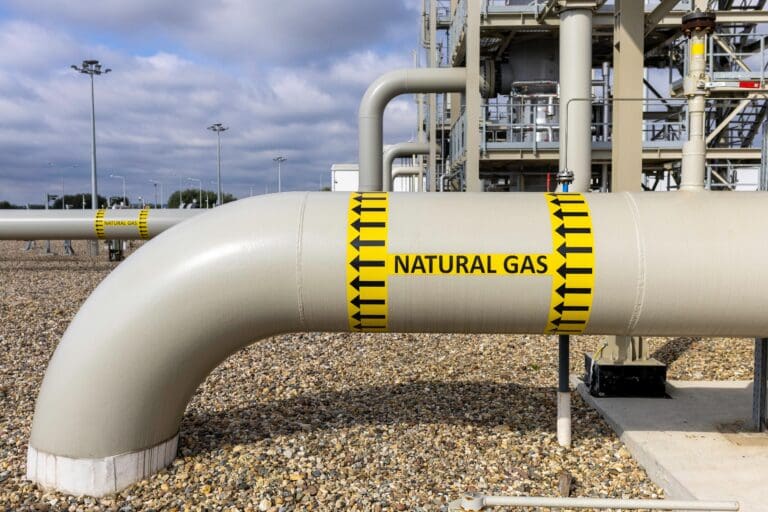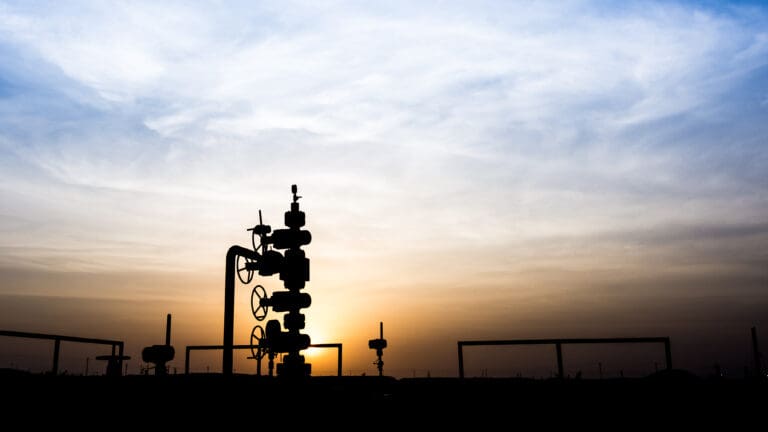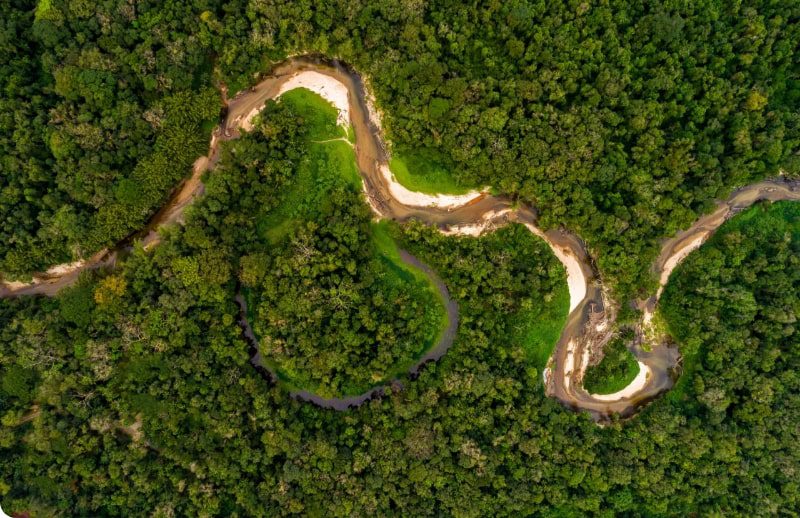As many of the assets in the oil and gas industry today are nearing the end of their originally intended design life, asset life extension has become an increasingly attractive option to avoid decommissioning assets, which is a costly and logistically complicated process. However, there are several challenges in relation to hazard management that requires a number of key factors to be effectively managed. It is not always about the age, it’s about the condition, and the impact over time.
In a recent article published in World Pipelines Coatings & Corrosion, our asset life expert lays out a step-by-step guide to the formal life extension process.
Read the full article, entitled ‘The Stepping Stones to Life Extension’, by following this link.
Related Insights

Development and Implementation of Asset Integrity Management Systems
In the case of facilities, integrity management is somewhat more complex than for pipelines, due to the nature and complexity of these types of assets, which distinguish them from a main...

Pipeline Performance vs Dust
In the latest integrity issue of World Pipelines, Penspen Asset Integrity experts explore how dust impacts the integrity, reliability, and safety of gas transmission and distribution systems, and...

A New Landscape: Our People – Nick Molnar
Nick is a Senior Pipeline Integrity Engineer at Penspen. Since joining the team in November 2024 and relocating from Canada to Abu Dhabi, he’s been an integral part of Penspen’s Centre of...

Reliability Centred Maintenance: Safeguarding Operations by Managing the Consequences of Failure
Maintenance is often viewed as a costly necessity, yet it is fundamental to ensuring that assets and systems continue to deliver their intended functions safely, reliably, and efficiently. In a...




